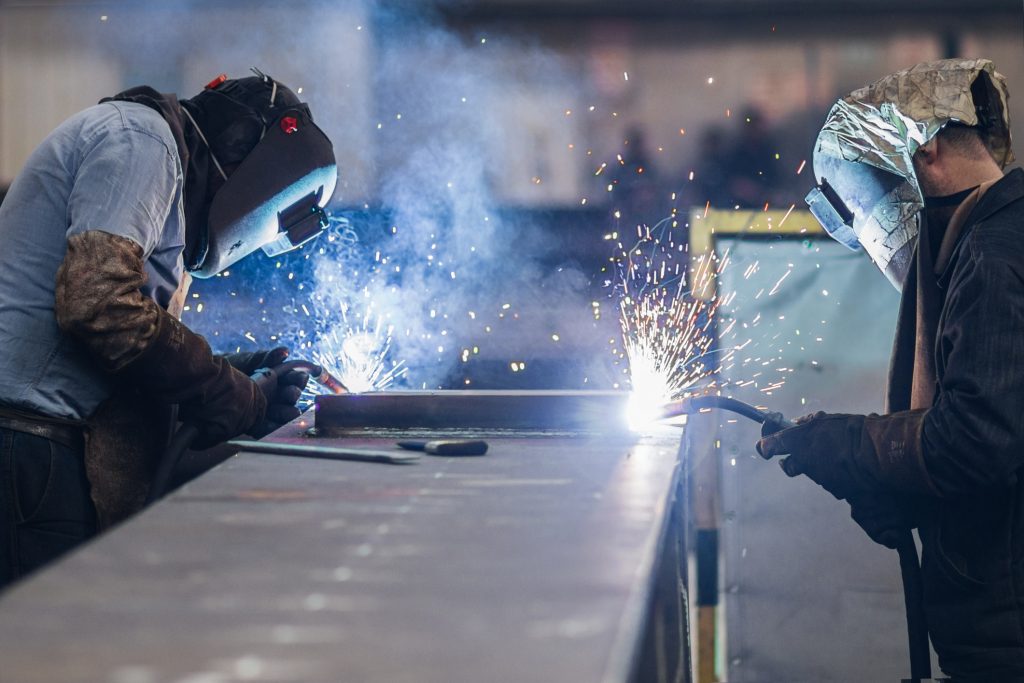
A panel convened by the Information Technology and Innovation Foundation provided an overview of ongoing efforts from Congress and the White House to boost the sector.
The Information Technology and Innovation Foundation on Tuesday held a panel discussion to study U.S. manufacturing priorities for the Biden administration and the 117th Congress. The panelists broke down legislation working its way through Congress and critical executive orders issued by President Biden — all of which avid readers of this blog are probably familiar with — and discussed their expected impacts on domestic manufacturing.
Overall, it was great to see this panel, filled with folks from both the government and the private sector, recognize and recenter the importance of US manufacturing, and we’re eager to ensure it remains in focus.
“This is a moment of unprecedented bipartisan embrace of industrial policy on the one hand, but it’s also a moment of attention to building up America’s thinning and weakening industrial ecosystems, one piece at a time,” said panelist Mark Muro, a fellow and policy director at the Brookings Metropolitan Policy Program.
To this end, many of the panelists touted the investments proposed by the US Innovation and Competition Act, which passed the Senate earlier this month with a bipartisan vote of 68-32. If implemented, the bill would see a massive, unprecedented investment of over $250 billion in new funding for research and development, designed to boost American innovation and ensure that the technologies of the future are invented here.
But of course, that’s only part of the picture. Successful policy also needs to ensure that future technology isn’t just invented here, but is built here as well.
Jon Cardinal, an event panelist and the director of economic development for the bill’s key sponsor, Senate Majority Leader Chuck Schumer (D-N.Y.), explained how the measure was “an opportunity…to put together a comprehensive package of proposals, not just Endless Frontier, but also proposals around Buy America policy, trade policy, workforce development education, security and more.”
The US Innovation and Competition Act increases funds for STEM education, invests in manufacturing clean energy technology, funds semiconductor manufacturing programs, and places focus on building new regional advanced manufacturing hubs so that its benefits are distributed around the country.
Meanwhile, panelist Susan Helper, a senior economist at the White House Council of Economic Advisers, touted executive orders issued by the Biden administration that focus on resilient supply chains and Buy America. She noted that the administration is working to sort out supply bottlenecks, reshore production of important industries, and combat short-term incentives which discourage companies from investing in R&D and American workers.
Biden is also looking to expand the use of the Export-Import Bank to better finance and expand U.S. manufacturing, and to create a Supply Chain Resiliency Program within the Department of Commerce to ensure that America’s economic needs can be satisfied by America’s workers, Helper said. This is on top of Biden’s establishment of a Made in America Office in the White House, which marked a major commitment to Buy America.
Taken in tandem, these new actions in American manufacturing — both legislative and executive — are steps forward in rebuilding our manufacturing sector and readying our country for a future full of new technologies and jobs that need to be based here, not abroad.
That’s not to say that the problem’s solved and we can all go back to brunch. But to say that the decisions by the Biden Administration and 117th Congress to reprioritize manufacturing has been desperately needed.
“After a lean decade, there’s a good deal of catch-up proposed here wrapped in a global competitiveness and industrial policy framework,” Muro noted. The next step is to get beyond catch-up, and be proactive in building a manufacturing sector that can thrive.
